How do I transport my wingfoil equipment?
- Posted on
- By Ryan "Rygo" Goloversic
- Posted in Bags for hydrofoils, Bags for wingboards, how do I travel with my wingfoil, wingboard, wingfoil
- 0
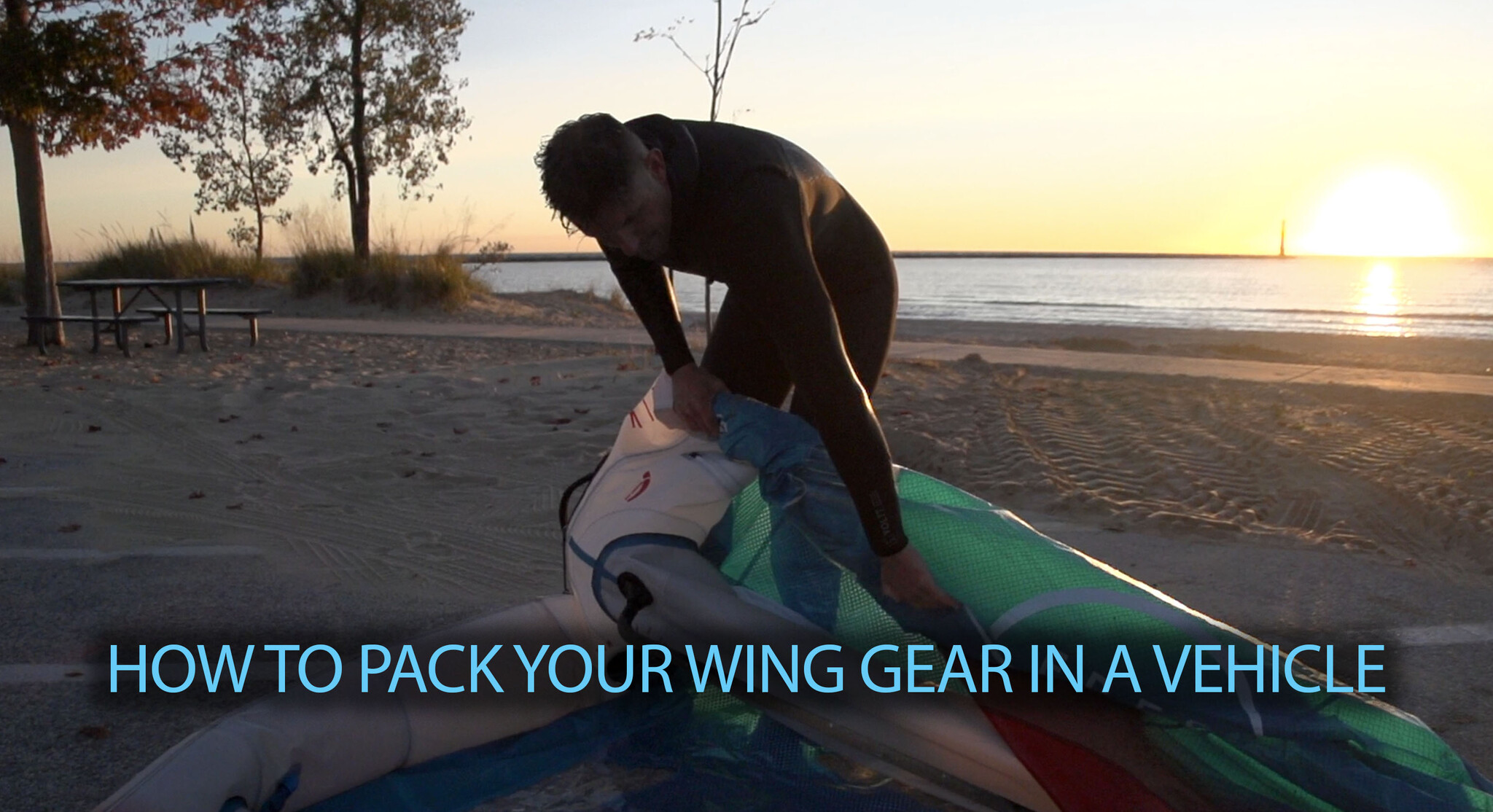
The Ultimate Guide to Transporting Wingfoil Gear
How do I transport my wingfoil equipment? Wingfoiling is about freedom, passion, and adventure. While getting wet and progressing on the water might be a vibe, getting your gear from the garage to the beach can be a bit more complicated. Whether you’re hauling oversized wingfoil boards, fragile hydrofoil setups, or wing surfing wings, transporting everything safely and efficiently is on a lot of riders minds.
This guide is your go-to resource for packing, protecting, and transporting your wingfoil gear. Whether you drive a truck, car, van, or SUV, we’ll break down the best practices and highlight tools like AK Durable Supply Co. travel bags or a good roof rack to simplify the process.
Transporting Wingfoil Gear in a Truck:
Trucks are the MVPs of gear transport, offering ample space for even the largest setups. But they’re not entirely foolproof—how you pack your gear can make the difference between being stoked or dinging up your new whip.
Should I take my wingboard apart when transporting it? It's the best practice for the longevity of your equipment and your vehicle but it's not mandatory if you have space.
Fully Assembled or Disassembled? If you’ve got the room, you can leave your hydrofoil attached to your board. Lay it on its back or side and use ratchet straps to secure it. However, disassembling your hydrofoil is always the safer choice for long drives. Separating the mast, wings, and fuselage reduces strain on the connections and prevents potential damage. Be sure to have some kind of mat to protect your wings.
Protective Padding: Even in a truck bed, your gear needs protection. Use moving blankets or foam to cushion your board, foil, and accessories.
Keep It Clean: Salt, sand, and dirt can wreak havoc on your gear—and your truck. Rinse everything off with a portable shower or hose before loading. A quick cleanup saves time and keeps your equipment in peak condition.
Transporting Wingfoil Gear in a Car:
Cars might seem like the underdog for wingfoil transport, but they can get the job done with a bit of creativity.
Folding Seats and Smart Packing: Disassemble your hydrofoil and fold down the back seats to maximize space. The AK Modular Foil Bag is a useful tool—it’s compact yet roomy enough to store masts, wings, fuselages, and even small extras like screws and booties. I sometimes keep my wetsuit and other accessors in this bag for the drive home to keep my vehicle extra clean.
Roof Rack Ready: If your wingfoil board doesn’t fit inside, a roof rack is a great alternative. Always use a padded board bag to protect it from scratches, sun damage, and road grime. Ratchet straps keep everything secure during transit. If you’re using a high-volume beginner wingboard, you will probably have to invest in a decent rack.
Pro Tip: Your wings, when packed in their carry bags, can be used as extra padding between your board and other gear. This trick saves space and prevents dings on the walls of your car.
Transporting Wingfoil Gear in a Van:
For wingfoilers who value organization, vans are the ultimate choice. They offer plenty of room for large setups while keeping everything easy to access. Let’s be honest, most wind junkies end up with a van at some point in their life. It just makes sense for transporting all the gear and for stealth camping at wing spots to score a dawn session.
Assembly Flexibility: Vans provide enough space to transport fully assembled gear. However, disassembling your hydrofoil is always safer. Use the a Modular Foil Bag to keep all components neatly stored, with compartments for masts, wings, and fuselages. And be sure to grab a board bag to protect your investment.
Storage Solutions: Mesh bags or storage totes work wonders for smaller items like leashes, harnesses, and pumps. Labeling bins or compartments ensures you can find what you need when you arrive at the beach.
Stay Clean: Lay down a tarp or rubber mat to catch water and sand. This simple step saves hours of cleaning later and helps keep your van in great condition.
Transporting Wingfoil Gear in an SUV:
SUVs strike the perfect balance between space and convenience. With foldable seats and plenty of interior room, they’re a reliable choice for wingfoil transport.This is what I use when I’m home for the summer and it’s practical and convenient.
Disassembled for the Win: While SUVs can handle a lot, trying to fit a fully assembled hydrofoil board can damage both your gear and your interior. Disassemble your foil and pack it into a Foil Bag for a safe and space-efficient solution.
Optimized Storage: Fold down the back seats to create a flat surface for your board. Stack components with padding, like moving blankets or a packed wing bag, to prevent scratches and shifting during transit.
Pro Tip: Keep a microfiber towel or portable vacuum on hand to clean up sand and water before they spread throughout your vehicle.
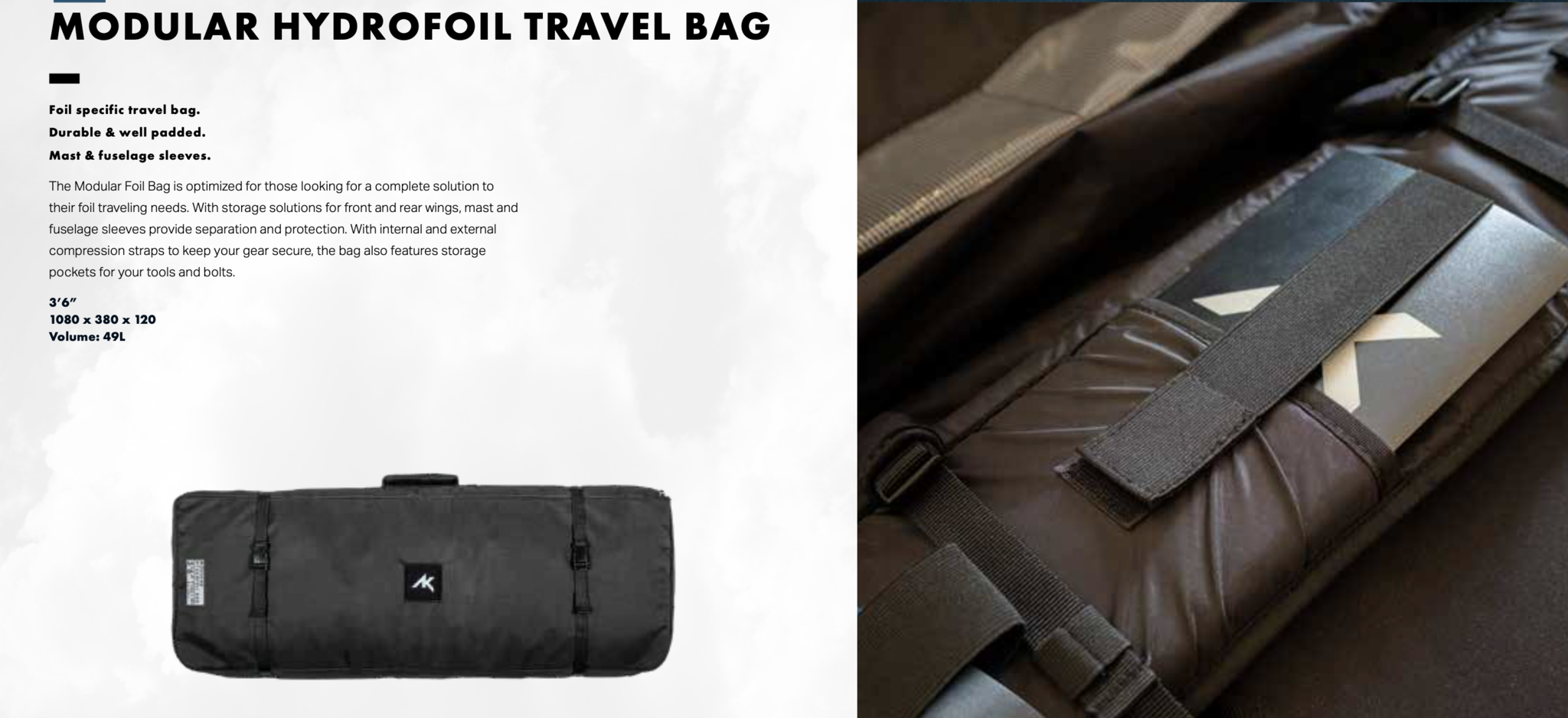
Essential Accessories for Wingfoil Transport
- AK Modular Foil Bag: Perfect for keeping all your hydrofoil components in one place, from masts to spare screws.
- AK Durable Supply Co. Board Bags: A padded board bag shields your wingfoil board from UV damage, dings, and road grime. There is space for other accessories and a shoulder strap to make getting to the beach easier.
- Storage Totes: Waterproof totes are ideal for organizing smaller items like harnesses, wetsuits, and tools.
- Portable Shower: Rinse off salt and sand before packing to keep your gear and vehicle clean.
- Cargo Liners or Tarps: Protect your car’s interior from sand and water with these easy-to-clean solutions.
Temperature Considerations for Wingfoil Gear
Extreme temperatures can take a toll on your equipment, especially your wings and boards.
- Hot Weather: Prolonged exposure to high heat can weaken adhesives, delaminate boards, and degrade wing materials. Avoid leaving your gear in a hot car or truck bed.
- Cold Weather: Freezing temperatures can make wings brittle and damage board finishes. Always store your gear indoors or in a temperature-controlled environment.
Pro Tip: Reflective bags or insulated covers can protect your gear during transport in extreme conditions.
FAQs: Transporting Wingfoil Gear
Can I transport wingfoil gear in a car?
Yes, by folding down the seats and disassembling your hydrofoil, most cars can accommodate wingfoil gear. For larger boards, a roof rack is a great option—just ensure your board is in a padded bag.
What’s the best way to protect my gear during transport?
Use padded board bags, foil covers, and storage totes. The AK Modular Foil Bag is ideal for keeping hydrofoil components organized and protected.
Should I disassemble my hydrofoil for transport?
Disassembling is the safest option for most vehicles. It reduces stress on the mast and wings and makes it easier to pack your gear efficiently.
Can wings be used as padding?
Absolutely! Packed wings in their travel bags are lightweight and cushioned, making them perfect for protecting boards and hydrofoil components.
How do I prevent sand and water from damaging my car?
Rinse your gear before loading, use cargo liners or tarps, and store smaller items in waterproof totes.
Can I leave wingfoil gear in the car overnight?
It’s best to avoid this. Heat can warp boards and weaken adhesives, while cold can make wings brittle. Store your gear in a temperature-controlled space whenever possible.
Do I need a roof rack for my wingboard?
Not if the board is small enough to fit in your vehicle. That said, it's not a bad way to keep the inside nice and clean.
What are the best roof racks for wingboard?
We have been setting surfers, stand up paddles boards and wingsurfers with roof racks for years. The best equipment changes year to year. See our current selection to find a good fit for your equipment.
If you have any questions or need help with wingfoil bags, hydrofoil bags or roof racks for wingboards give us a call and we can help you out!

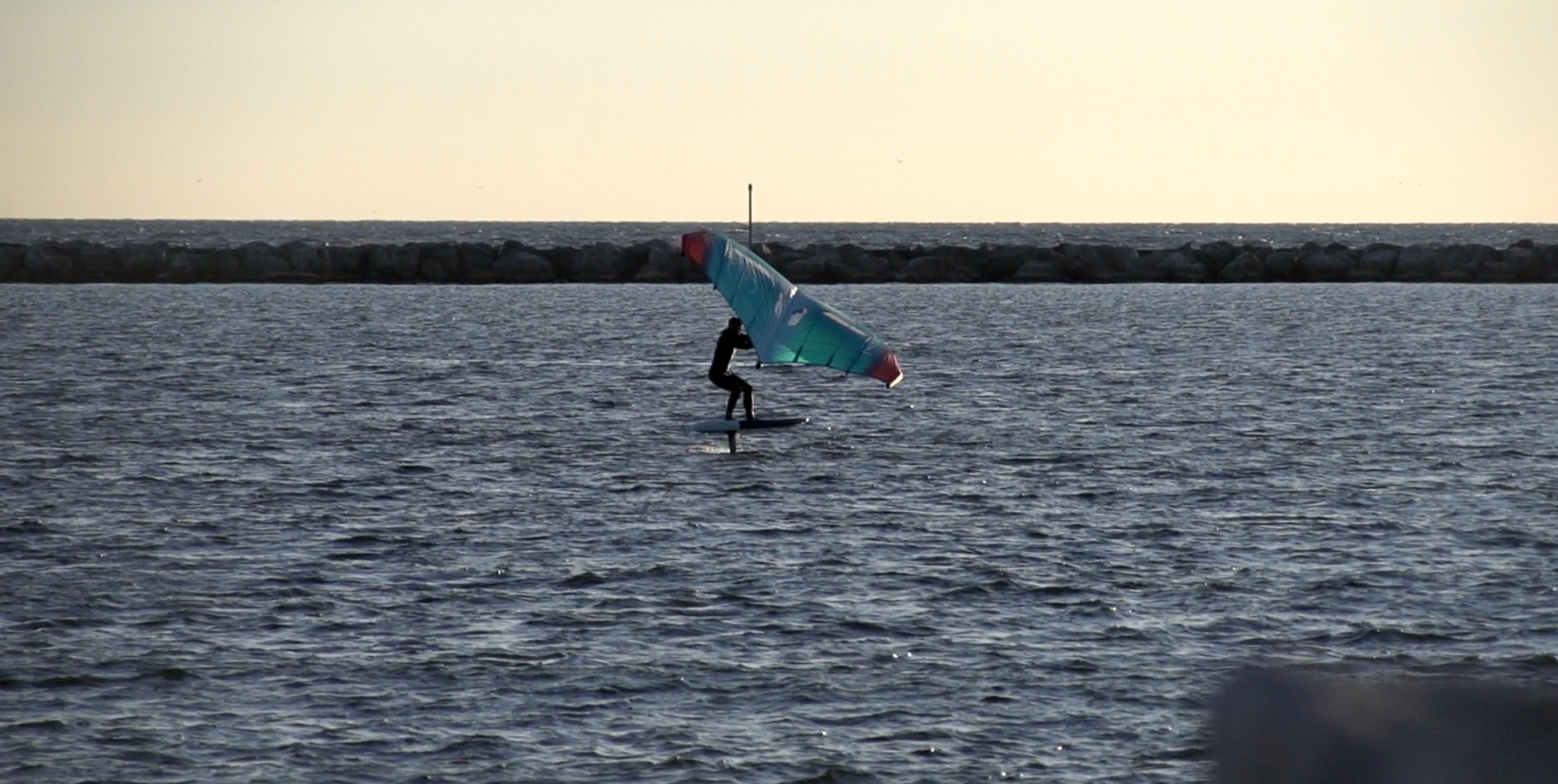
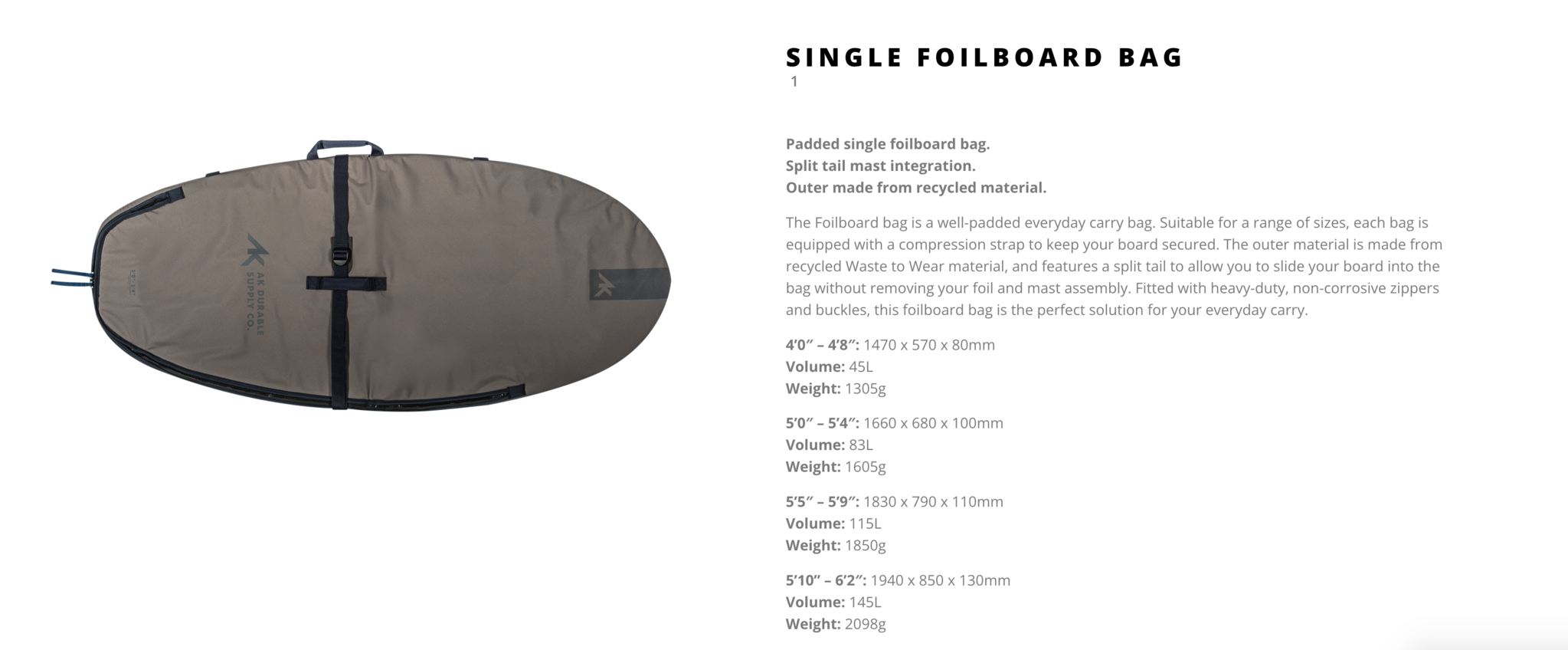
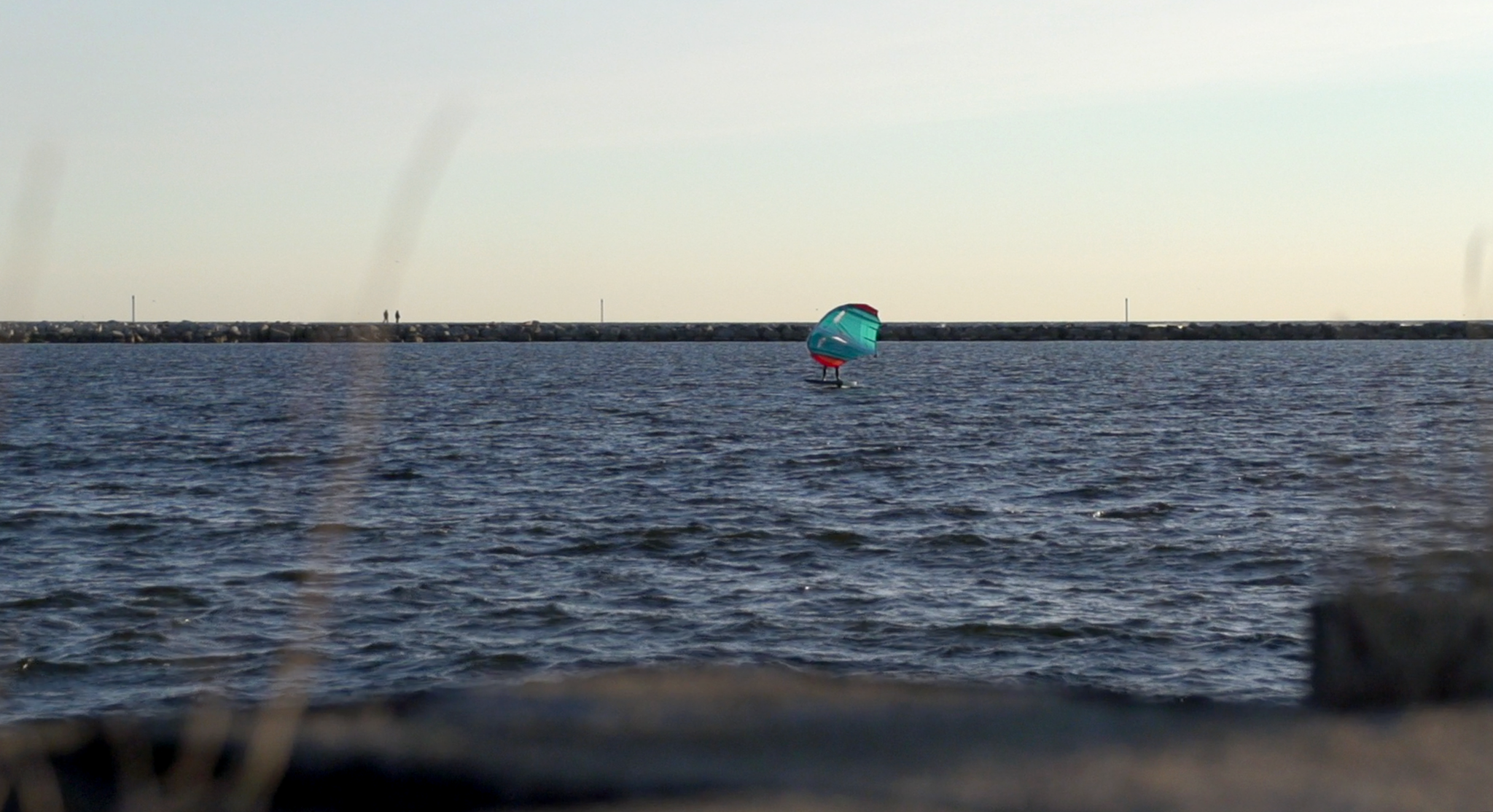
Comments
Be the first to comment...